If you’re exporting to the United States, you’ve probably noticed the headlines about new tariffs making waves across global trade. On April 2, 2025, President Trump announced sweeping changes: a minimum 10% tariff now applies to all goods entering the U.S, with even higher rates, up to 50% for imports, including major economies in Asia and Europe. These measures, which Trump called “reciprocal tariffs,” kicked in on April 5 and have already started to reshape the cost structure for anyone sending products stateside.
The administration says these tariffs are meant to protect U.S. jobs and manufacturing. Still, for exporters like you, they raise important questions about who actually pays these new charges, how the costs are handled, and what this means for your business relationships and pricing.
In this article, we’ll explain exactly who pays tariffs on U.S. imports, how the process works, and what you need to watch out for as you navigate the new rules.
What are Tariffs, and How are They Applied?
Tariffs are taxes that a government places on goods imported from other countries. When you export to the U.S, these tariffs are paid by the importer, usually your buyer or a customs broker, when your goods arrive at the border. The main goal of tariffs is to make imported products more expensive, giving local products a price advantage and, in some cases, protecting domestic industries from foreign competition.
There are a few ways tariffs can be applied:
- Ad Valorem Tariffs: These are calculated as a percentage of the value of the imported goods. For example, a 10% tariff on a $100 product means the importer pays an extra $10 in duties.
- Specific Tariffs: These are fixed fees based on quantity, such as $2 for every shirt or $100 per ton of steel, regardless of the product’s value.
- Tariff-Rate Quotas: Here, a lower tariff applies up to a certain quantity, and higher tariffs kick in for imports above that limit.
U.S Customs and Border Protection collects tariffs at the port of entry. The importer is responsible for ensuring the correct tariff is paid, which means you, as the exporter, need to provide accurate product details and Harmonized System (HS) codes to avoid delays or penalties. The actual cost of the tariff can be negotiated in your sales contract- sometimes your U.S. customer absorbs it, sometimes it’s built into your pricing, and other times it’s passed on to the end consumer.
Who Pays Tariffs?
When you export goods to the United States, the legal responsibility for paying tariffs always falls on the U.S. importer of record- the company or individual bringing your products into the country. This importer pays the tariff directly to U.S. Customs and Border Protection when the goods arrive at a U.S. port. Despite claims that tariffs are a tax on foreign exporters, you, as an exporter, do not pay these charges to the U.S. government.
While the U.S. importer pays the tariff up front, the ultimate economic burden of that cost depends on your contract terms and your negotiating power. Sometimes, U.S. buyers may ask you to lower your prices to offset the tariff, effectively shifting some or all of the cost back to you. In other cases, the importer may pass the extra cost along to their customers or even to the end consumer through higher retail prices.
The exact split depends on factors like:
- Your supply contract and Incoterms® (which specify who pays duties and taxes)
- The competitiveness of your product
- The bargaining power between you and your U.S. buyer
The U.S. importer pays tariffs to the government, but depending on how your deals are structured and market conditions, the real cost can be shared between you, your buyer, and American consumers.
Impact of Contracts on Tariff Responsibility
The responsibility for paying tariffs on U.S. imports is shaped directly by the terms of your contract with the buyer. Contracts, especially those referencing Incoterms® 2020, spell out who handles tariffs, duties, and other import-related costs. By default, unless stated otherwise, the U.S. importer pays these costs. However, your contract can shift all or part of this burden back to you as the exporter.
How do contracts influence tariff payments?
- Incoterms Matter: Terms like EXW (Ex Works), FOB (Free on Board), and CIF (Cost, Insurance, and Freight) generally place the responsibility for tariffs on the importer. In contrast, DDP (Delivered Duty Paid) makes you, the exporter, responsible for all duties and tariffs until the goods reach the buyer’s location.
- Custom Clauses: Contracts may include specific clauses that allocate responsibility for new or increased tariffs. For example, a price adjustment mechanism could automatically update pricing if tariffs change, or indemnity clauses could require you to reimburse the importer for certain costs.
- Financial Hardship Clauses: Some agreements now include provisions allowing either party to renegotiate or even terminate the contract if tariffs create significant financial hardship. This is especially relevant in today’s unpredictable trade environment.
- Ambiguity Leads to Disputes: If your contract is vague about tariff responsibility, disputes can arise, especially when new tariffs are imposed after the contract is signed. In such cases, both sides may interpret the contract differently, leading to renegotiations or even legal action.
Key Takeaways for Exporters:
- Always clarify tariff responsibility in your contracts, ideally referencing the relevant Incoterms.
- Consider negotiating price adjustment or hardship clauses to protect your margins if tariffs change unexpectedly.
- Review your contracts regularly to ensure you’re not unexpectedly on the hook for new duties or tariffs.
Suggested Read: CFR vs CIF Incoterms: Key Differences Explained
Impact of Tariffs on US Firms and Consumers
Tariffs imposed in 2025 are reshaping the economy’s dynamics for US businesses and households. For firms, especially those in manufacturing, retail, and sectors deeply integrated with global supply chains, tariffs have driven up the cost of imported materials and finished goods. This has forced many companies to adjust their strategies.
Over 30% of firms now cite trade and tariff policies as their top business concern, and more than half of manufacturers are actively diversifying supply chains or cutting back on hiring.
Industries like automotive, machinery, and textiles, particularly in regions like the Midwest and Southeast, are feeling the brunt of these changes.
For consumers, the effect is felt through higher prices at the checkout. The average effective tariff rate has soared to 28%, the highest since 1901, resulting in a 3% short-run increase in consumer prices. This translates to an average loss of $4,900 in purchasing power per household in 2024 dollars, with lower-income families losing up to $2,200 annually. Prices for essentials like leather products and apparel have surged up 87% and 65%, respectively, in the short run and are still significantly higher in the long run.
The broader economy is also affected: real GDP growth is projected to be 1.1% points lower in 2025 due to tariffs, with the economy persistently 0.6% smaller in the long run, a loss of about $180 billion annually. Unemployment is expected to rise, and payroll employment is projected to drop by hundreds of thousands of jobs. (Source: BudgetLab, State of U.S. Tariffs, April 15, 2025)*
In summary, the 2025 tariffs are increasing costs for US firms, squeezing profit margins, and prompting strategic shifts, while consumers face higher prices and reduced purchasing power. The combined effect is a slower-growing economy and greater financial pressure across the board.
How Businesses Can Reduce the Impact of US Tariffs?
Tariffs can feel like a moving target, but there are practical steps you can take to soften their blow and keep your business competitive. Here’s how you can proactively manage and reduce the impact of US tariffs:
1. Assess and Quantify Your Exposure
- Start by mapping out where tariffs hit your business. Review your entire supply chain, including sub-tier suppliers and product classifications, to understand your true exposure. Use scenario modeling to see how different tariff rates could affect your costs and margins.
2. Optimize Supply Chain and Sourcing
- Diversify your supplier base. Source materials or components from countries not subject to high US tariffs, or those with favorable trade agreements.
- Consider reshoring (bringing production closer to home) or near-shoring (moving production to nearby countries) to reduce reliance on high-tariff regions.
- Build supply chain agility so you can quickly adapt to new trade policies or disruptions.
3. Reclassify and Engineer Products
- Review your product classifications (HS codes) to ensure accurate tariff rates and avoid overpaying. Sometimes, reclassifying or redesigning products can legally reduce tariff obligations (“tariff engineering”).
4. Leverage Trade Agreements and Special Programs
- Take advantage of free trade agreements (like USMCA) and preferential trade programs that can lower or eliminate tariffs on certain goods.
- Use US Foreign Trade Zones (FTZs) to delay or reduce duty payments until goods enter US commerce.
5. Review Contracts and Pricing Strategies
- Negotiate with suppliers and customers to share or offset tariff costs. Consider price adjustments, cost-sharing, or building flexibility into contracts to handle future tariff changes.
- Analyze your pricing strategy to see if you can pass some of the cost to customers without losing competitiveness.
Conclusion
As global trade continues to evolve, understanding who pays tariffs and how they affect your business is more important than ever. Tariffs not only impact your bottom line but also influence your competitiveness, supply chain decisions, and relationships with US buyers. Navigating these challenges requires clarity, flexibility, and the right logistics partner to keep your exports moving smoothly and cost-effectively.
If you’re looking to streamline your India-to-USA shipments and minimize the friction caused by tariffs and customs, Intoglo is here to help. With Intoglo, you get:
- Seamless door-to-door FCL shipping from India to the USA
- PAN India pickups within 24 hours and direct booking with major shipping lines
- Hassle-free customs clearance at origin and destination, with an expert in-house compliance
- Pre-screening before shipment departure and customs entry before shipment arrival for a smoother process
- PAN USA drayage across all wet and dry ports, ensuring your cargo moves swiftly to its next destination
- Customized solutions for faster turnaround times or any special requirements
- End-to-end tracking and real-time updates on WhatsApp
- Transparent quotations with detailed cost breakdowns and no surprise fees
- Extensive warehousing and trucking network across the US, delivering to 41,000+ zip codes.
With Intoglo’s tailored solutions, your shipments are in capable hands. They help you stay ahead of tariff challenges and ensure a smooth, cost-effective logistics operation. Contact Intoglo today for a transparent, efficient, and streamlined experience.
FAQs
1. Who pays the customs tariff in the USA?
Importers, usually businesses or individuals bringing goods into the U.S., pay customs tariffs. These fees are charged at the border based on the product type and value before the goods clear customs and enter the U.S. market.
2. Do I need to pay import tax from the USA to India?
Yes, when importing goods from the U.S. to India, import duties and taxes are typically payable by the importer in India. The rates depend on the product category, value, and Indian customs regulations at the time of import.
3. What is a counter-tariff?
A counter-tariff is a retaliatory tax imposed by a country in response to tariffs set by another country. It aims to protect domestic industries and signal disapproval of trade restrictions imposed by the other nation.
4. Why has the US implemented these tariffs?
The U.S. has applied tariffs to protect domestic industries from foreign competition, address trade imbalances, and pressure other countries into fairer trade practices. Tariffs also aim to encourage local manufacturing and safeguard jobs.
5. What is the U.S. import law?
U.S. import law governs the rules, duties, and procedures for bringing goods into the country. It includes regulations from agencies like Customs and Border Protection, ensuring compliance with tariffs, safety standards, and trade agreements


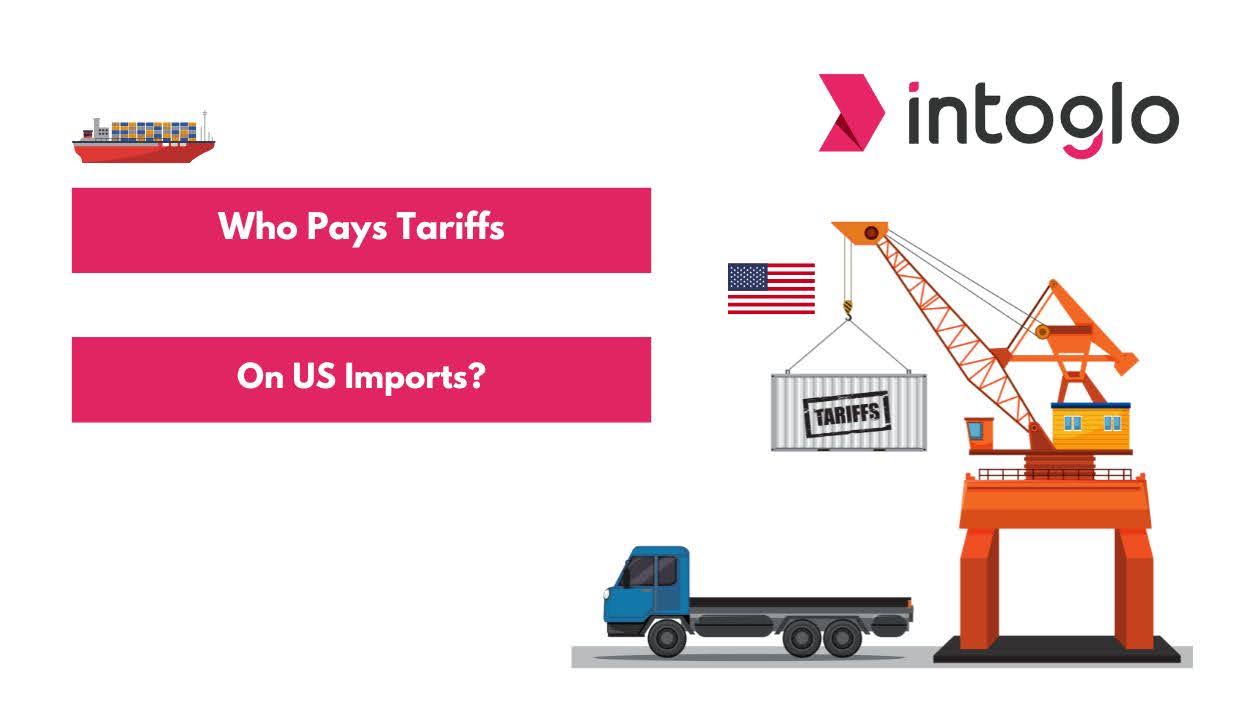
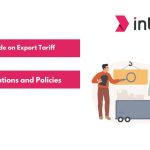
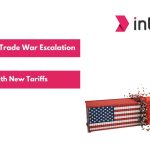
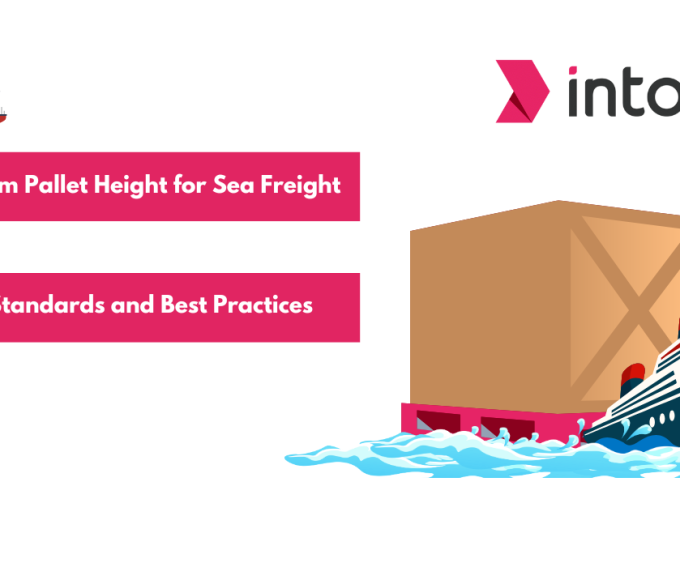

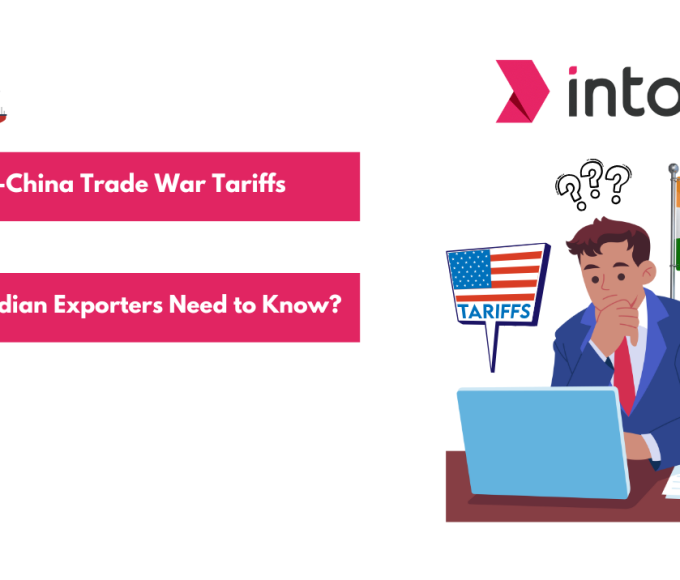

Leave a comment